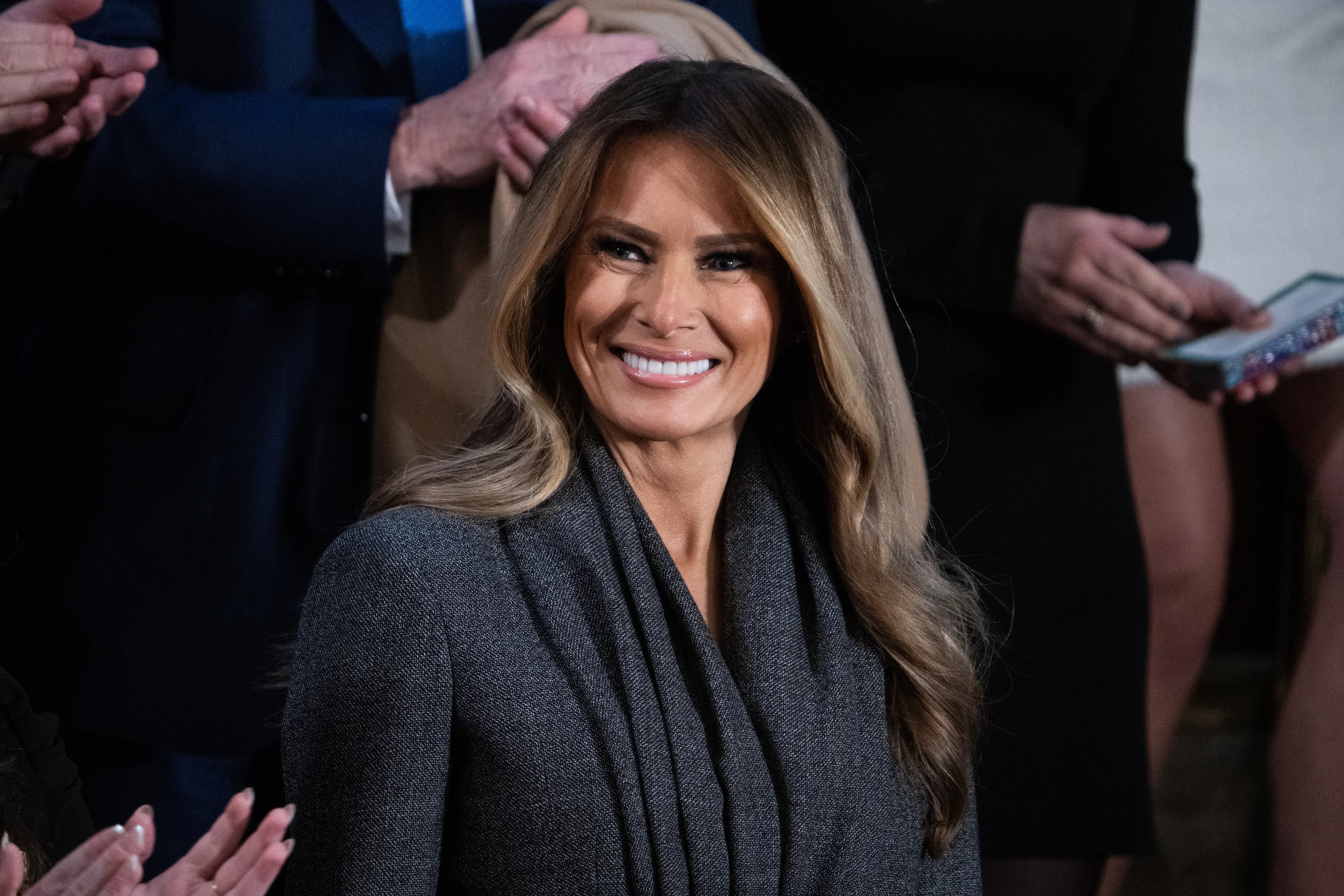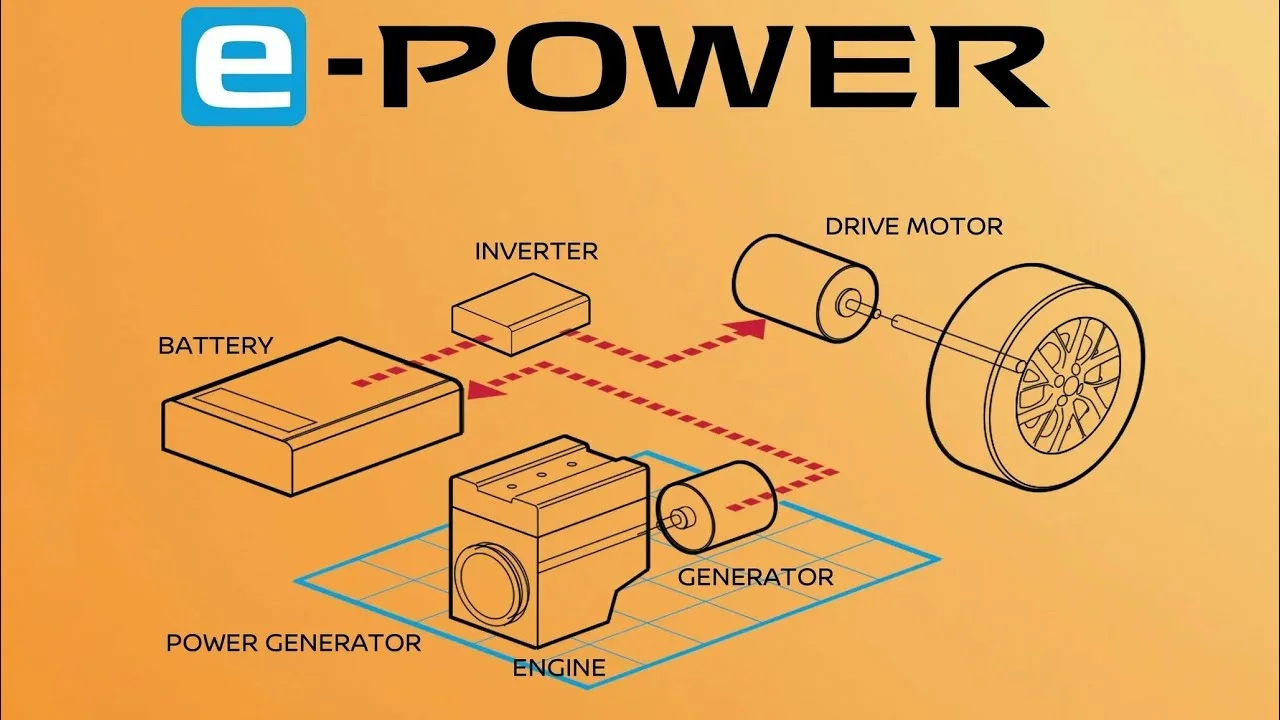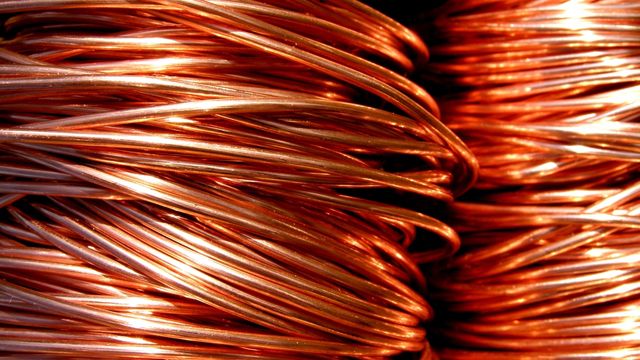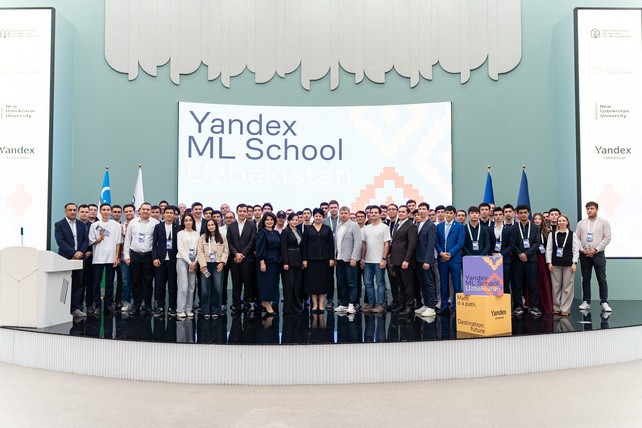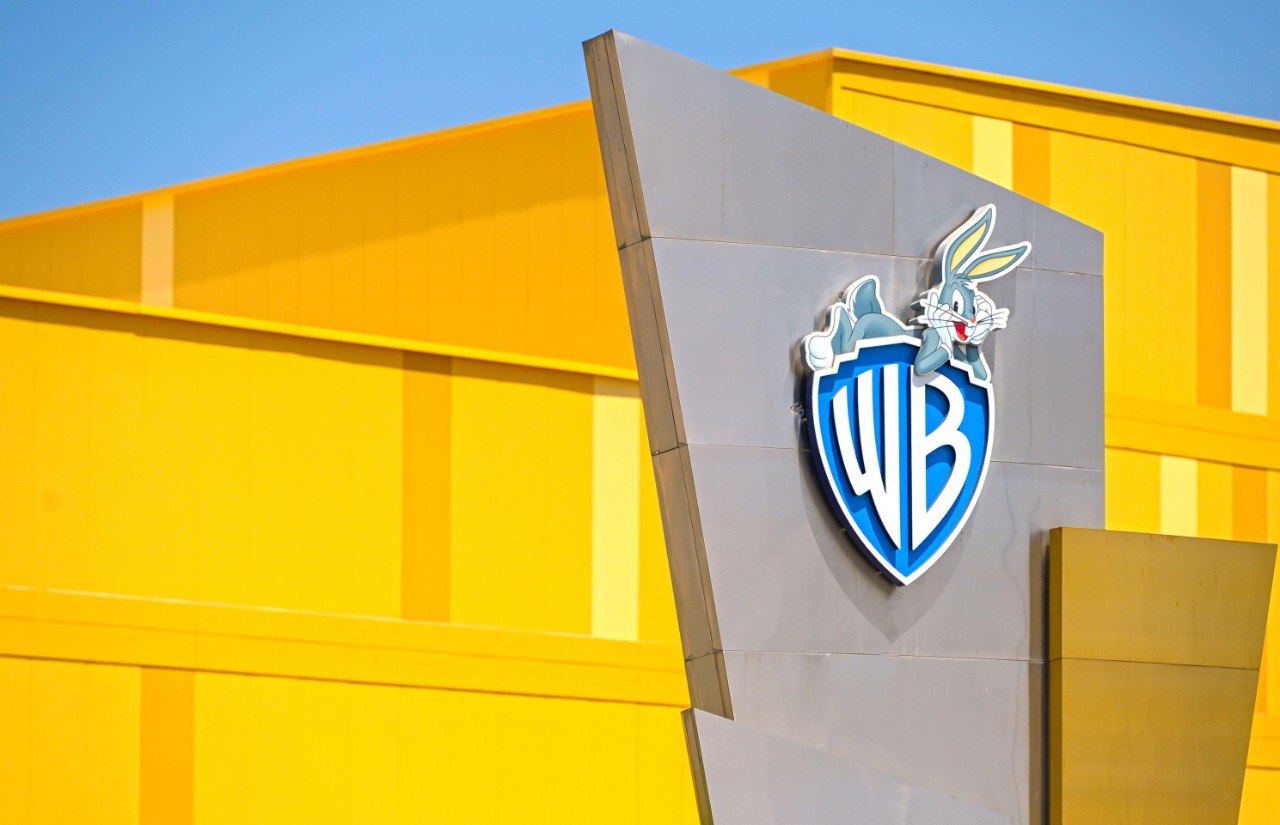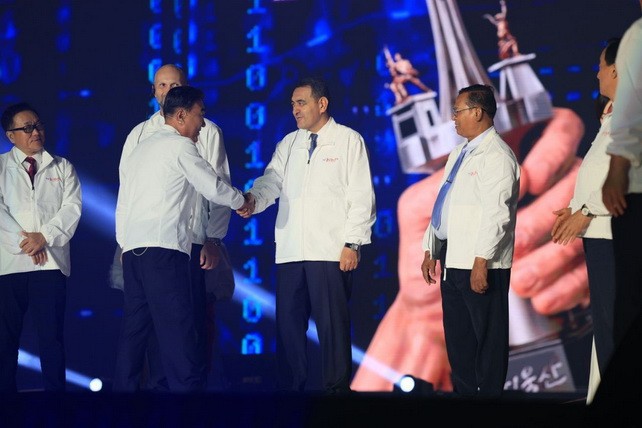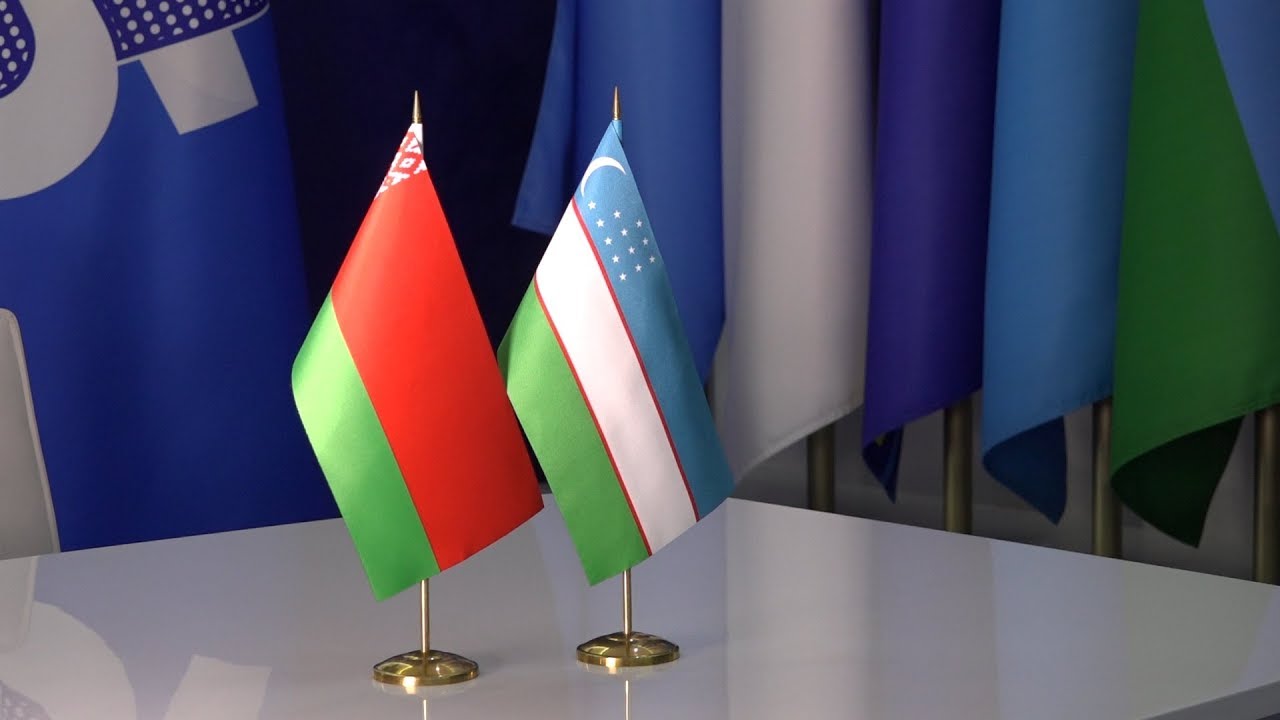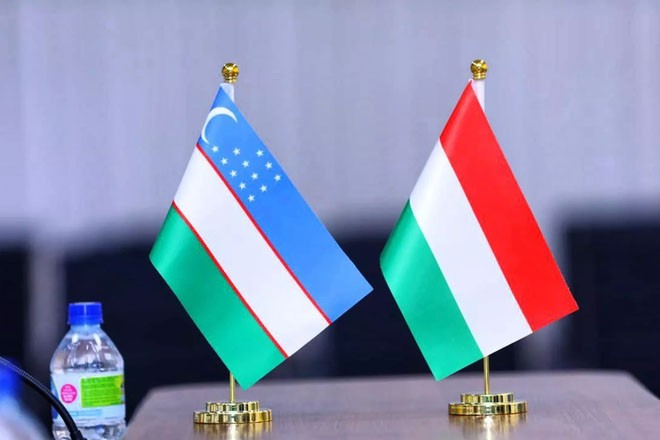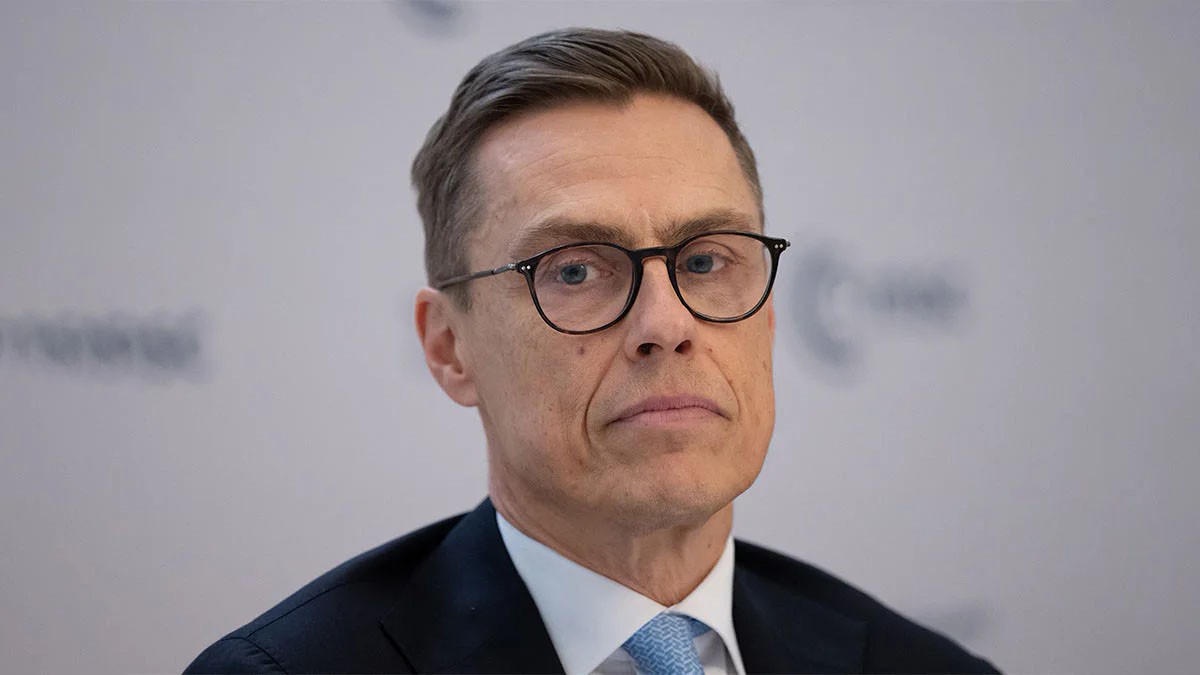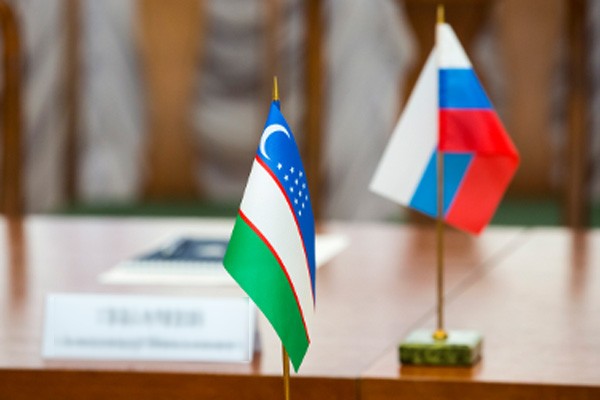Chinese telecommunications giant Huawei has officially announced the launch of its flagship Pura 80 smartphone series on the international market. The new line, which was previously introduced in China, will now be available in Europe — but at prices that are close to the premium segment of leading manufacturers, despite the lack of support for Android and Google services.
The flagship of the series-Huawei Pura 80 Ultra-is offered to European buyers at a price of 1500 euros for a configuration with 16 gigabytes of RAM and 512 gigabytes of internal memory. At the same time, other, more affordable modifications of the Ultra-version for the European market are not yet provided. This makes the device one of the most expensive production smartphones on the market, not counting folding models and limited editions.
For comparison, the basic version of the iPhone 16 Pro Max is cheaper than the presented Pura 80 Ultra. At the same time, Huawei Pura 80 Pro in the 12/512 GB configuration is priced at 1100 euros-this is slightly lower than the cost of the iPhone 16 Pro. Thus, the Chinese company's pricing policy is confidently approaching the level of Apple and Samsung, which indicates the desire to position Huawei devices as premium products, despite the lack of the usual Android ecosystem.
The lack of Android and Google services in new Huawei models is explained by the continuing US sanctions. In response to the restrictions, the company is developing its own software platform, HarmonyOS, and the Huawei Mobile Services (HMS) ecosystem. However, in a global market where many users are focused on the Google ecosystem, this approach can affect the consumer appeal of devices.
Interestingly, the basic model Pura 80 in European announcements almost does not appear, despite its presence on the global site of Huawei. If the device does go on sale, its price is likely to be significantly lower than the Pro and Ultra versions, and is aimed at a more mass audience.
Analysts say that such a high starting price for flagships without Android may be part of Huawei's strategy to strengthen the image of technological sovereignty and demonstrate the production potential inside China. The company actively invests in the development of its own processors, cameras, operating systems and services, trying to minimize dependence on Western suppliers and platforms.
The Pura 80 product line is another step by Huawei in the direction of creating an autonomous technology ecosystem focused on resistance to sanctions pressure. However, the success of this model outside of China will largely depend on the company's ability to offer a competitive alternative to traditional digital services and ensure compatibility with popular applications in conditions of technological isolation.

